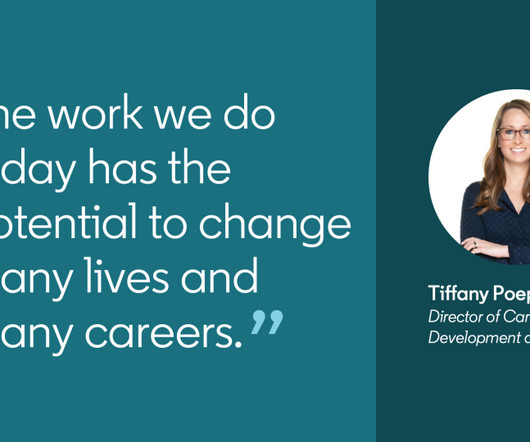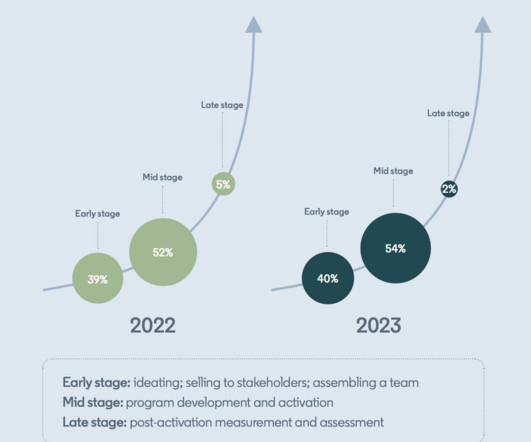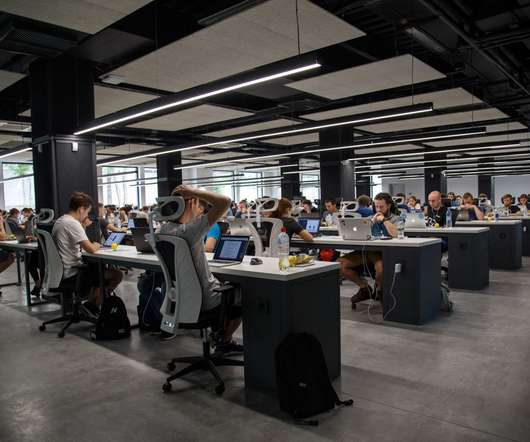4 Top Employee Development Programs: Boosting Skills and Productivity
Terryberry
JUNE 10, 2025
With job hopping becoming the new normal, one way companies can help retain employees is through employee development programs. In fact, research has found that 86% of employees would change jobs for more training options and 84% of employees expect their employer to provide training to keep up with industry skills.



























Let's personalize your content